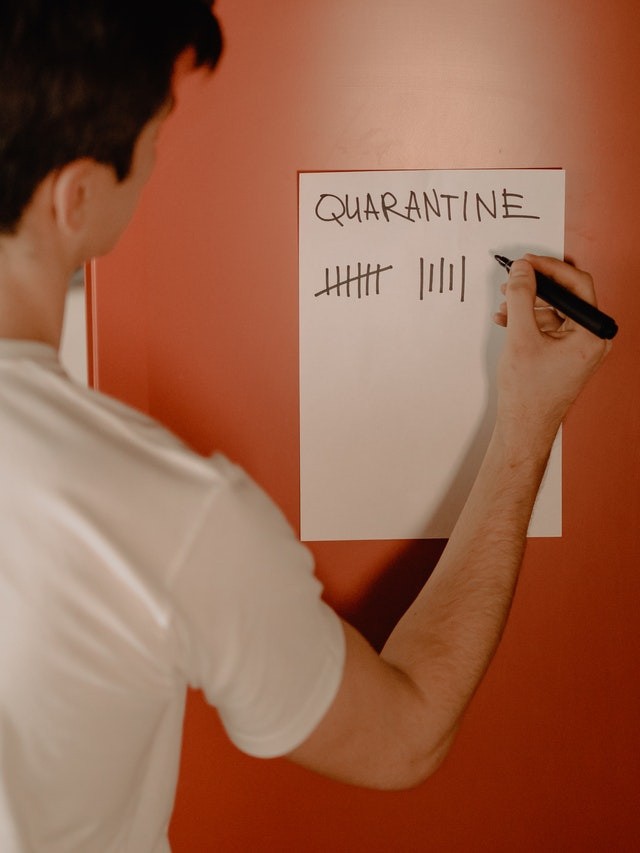New Study Shows One Particular Action Can Potentially Cut COVID-19 Infections in Half
A new study published in The Lancet on July 16 shows one particular action that can potentially cut coronavirus disease 2019 (COVID-19) infections in half.

The daily new COVID-19 infections in the United States continue to surge. It seems that the spread of the virus across the country is uncontrollable. The increase in diseases comes along also with the increase in daily deaths.
Some states in the country have already taken steps on how to flatten the curve of COVID-19 infections. That includes the mandatory wearing of facemasks while outside the home, closure of non-essential businesses, and keeping the schools closed.
In the quest and search to stop the spread of COVID-19, a new study from The Lancet was published on July 16, which shows one potential action that can cut off infections in half. The result of the study is supported by science in an attempt to slow down the virus spread.
The study shows that self-isolation or quarantine can cut the infection and spread of the virus in half. Following the 14 day isolation, if you are exposed to COVID-19 positive will also reduce virus spread. This will also make virus contact tracing easier.
The new study published recently aims to model the results of the different strategies for identifying, tracking, and tracing COVID-19 cases. Researchers determined that speed in gathering data of tracing the possible contacts is critical.
The study suggests that if you are exposed to someone who tested positive for COVID-19, you have to self-isolate immediately. Even if you came from a place with positive cases, you also need to self-isolate. According to the research, there is a possibility that you will have the symptoms within ten days.
Through self-isolation and home quarantine, it also limits virus contagion. A person who is exposed to the COVID-19 positive may be asymptomatic but is already carrying the virus. This means that if you know that you are exposed to COVID-19 positive, but you did not choose to self-isolate, it increases the chance of spreading the virus.
Moreover, the study's models included the assumption that about 40 percent of COVID-19 infections or transmission occurs before the onset of the symptoms. This assumption is, according to the Centers for Disease Control and Prevention.
This means that self-isolation, whether you are tested or not for as long as you have been exposed to someone who tested positive or had been in a place with COVID-19 infections, will help reduce the spread of the virus. This also helps to easily track your contact if you tested positive for the virus.
The study states, "In the absence of any strategies to mitigate the spread of the virus, each infected person will transmit the virus to an average of 2.5 people. Introducing physical distancing alone, assuming that close contacts are reduced by 40 percent and casual contacts by 70 percent, will reduce the reproduction number to 1.2."
This is the reason why it is essential to follow quarantine recommendations from your place and also to stay-at-home. If you suspect that you were exposed to someone who tested positive for COVID-19, you have to self-isolate.
Check these out!
Subscribe to Latin Post!
Sign up for our free newsletter for the Latest coverage!
© 2025 Latin Post. All rights reserved. Do not reproduce without permission.













